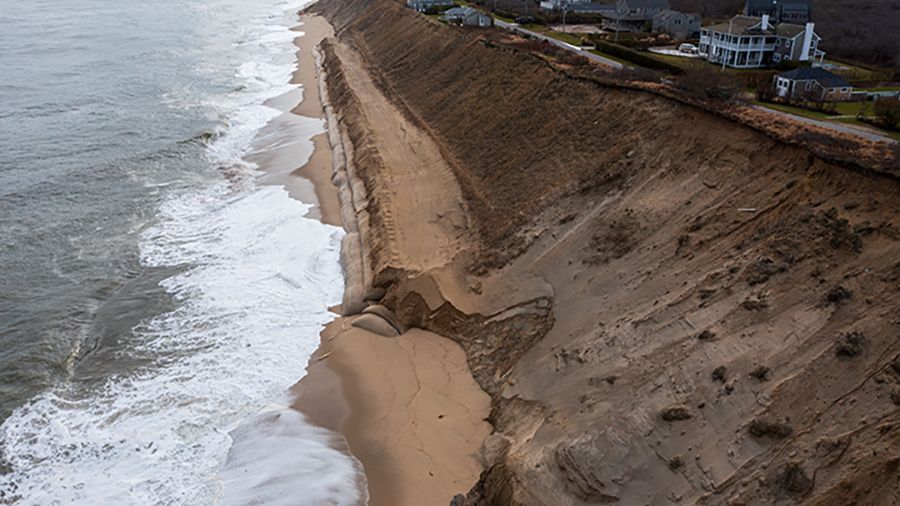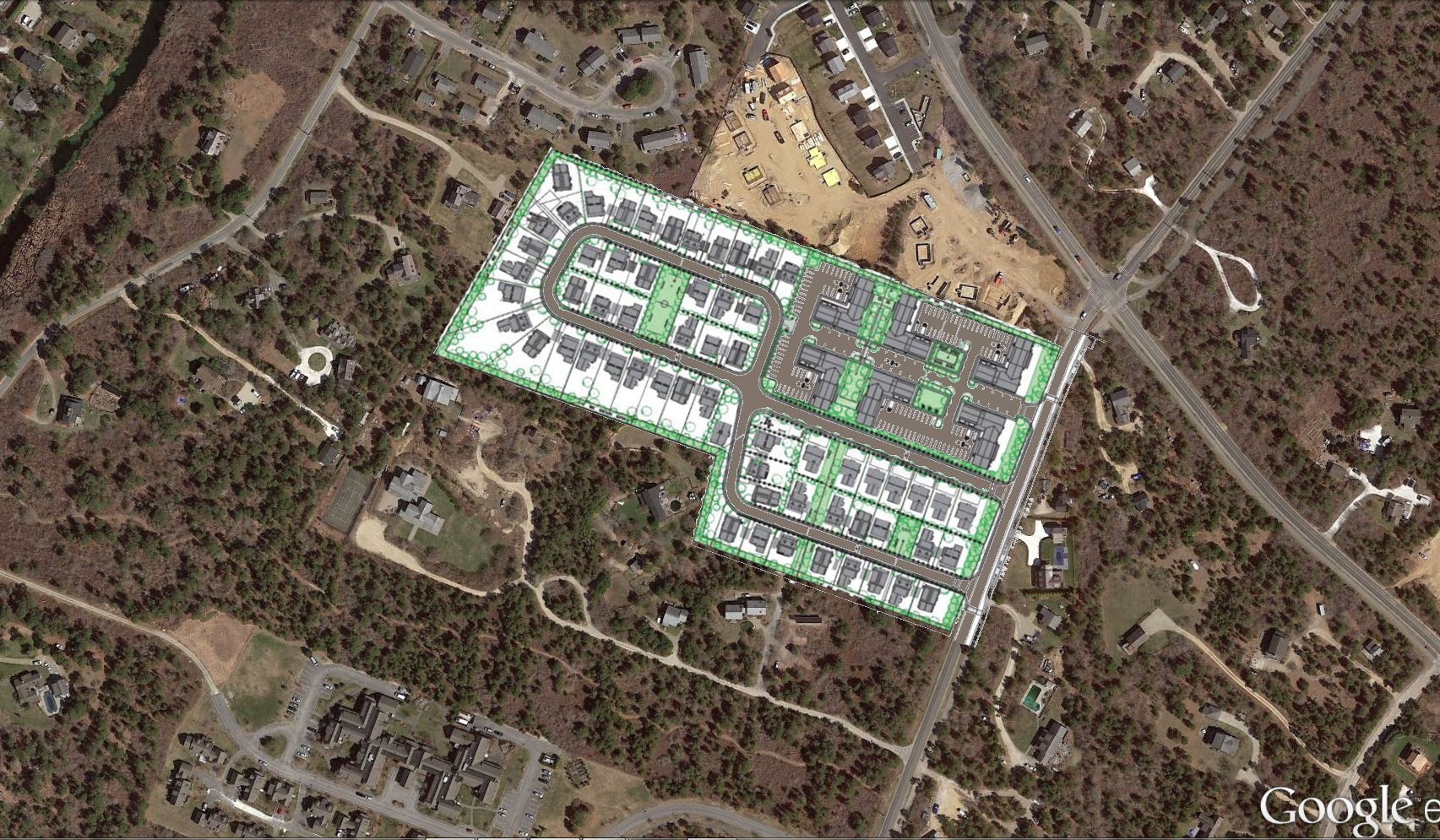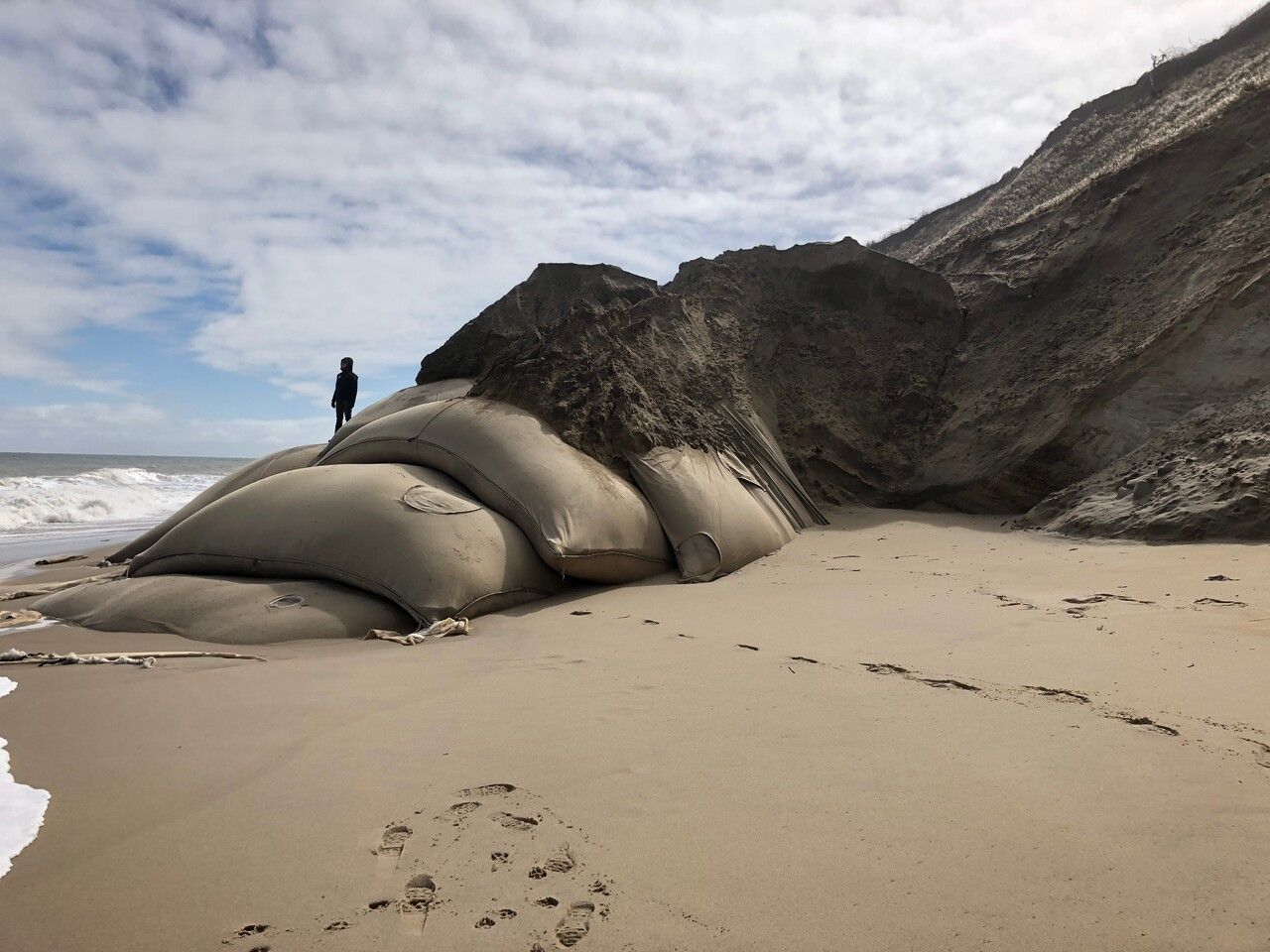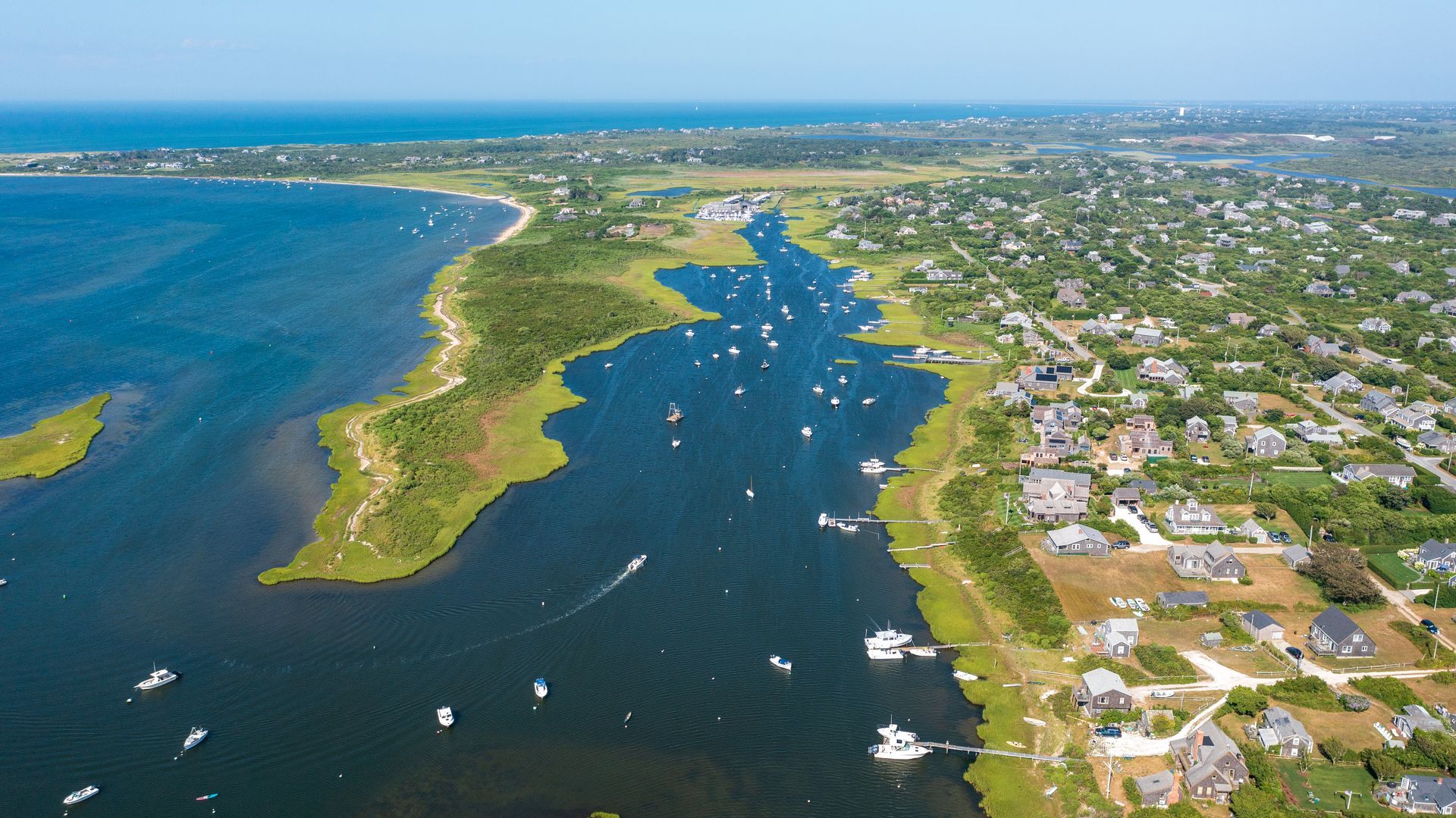NLWC News
Conservation Commission Permits Geotube Expansion
Nantucket Community Can Vote NO at Upcoming Annual Town Meeting
After nearly 15 months,
the Conservation Commission closed the public hearing on the joint SBPF - Town of Nantucket Notice of Intent (NOI) application to extend the existing installation of geotubes on the public beach four times its length to approximately 4,000 linear feet along the base of the Sconset Bluff. The Commission formally voted (4-1) to issue an Order of Conditions (OOC) permitting the proposed project with conditions.
As data collected by project consultants indicates,
the geotubes are detrimental to the environment, increasing the erosion on surrounding beaches. The NLWC takes the strong position that
there are much more appropriate and less harmful alternatives, especially given that the Town’s engineers have determined the relocation of Baxter Road can be completed by 2027.
The NLWC participated throughout the hearing process submitting seven written comment letters in addition to a multitude of public comments made with our professional consulting coastal engineer Trey Ruthven of Sustainable Coastal Solutions.
The NLWC does not agree with the Commission's final determination that the project meets the necessary waiver criteria to receive a permit, and that the mitigation sand required by the permit will be sufficient to prevent long term negative impacts to our beaches and eastern shoreline. The Commission Chair cast the lone dissenting vote under the local wetlands bylaw.
One of the most critical issues addressed by the Commission in the OOC is
the ever-growing deficit of mitigation sand that was required by the previous permit for the existing geotubes, which SBPF has steadfastly refused to provide. The mitigation conditioned in the previous permit was
determined with SBPF’s own data, supported by MA DEP, and agreed to by SBPF. It has been demonstrated by two independent coastal engineering experts that
the failure to contribute the required mitigation has already resulted in significant damage to the Town-owned coastal beach as well as privately owned properties to the north. This includes existing and increased future risk to the Lighthouseproperty. This violation of SBPF’s existing permit resulted in a removal order which was upheld by Superior Court, and is still outstanding.
The Commission did include a condition in the OOC requiring SBPF to provide the deficit, at least 105,465 cubic yards of sand, to the system.
However, they are allowing SBPF a period of 10 years to deliver the mitigation that was a requirement of their prior permit, and the plan for how this is to be accomplished has yet to be determined. The applicants are required to provide such a plan for Commission approval.
The project’s path forward is not entirely clear. The Select Board must negotiate a new Memorandum of Understanding with SBPF and ultimately draft and vote on a new license agreement. Before they can do so, the Town of Nantucket must secure a positive vote on Article 81 from Town Meeting for permission to lease/license our Town owned beach to SBPF for the construction.
The NLWC strongly opposes Article 81 and the authorization of a lease/license of the public beach for this project. We opposed the geotube expansion and we are opposed to the Article as drafted because not only would it allow the expansion but it is also too broad. Article 81 would undermine Annual Town Meeting’s ability to exert influence on alternative erosion control projects at this location in the future.
Nantucket Needs Your Presence & Support at Annual Town Meeting (ATM), which begins on Saturday, May 3rd to Vote this Article Down! Please Mark Your Calendars for ATM and Stay tuned for further updates and more information on our opposition to Article 81!
Resources:
Throughout the public hearing process the Conservation Commission was provided with a multitude of submissions from the NLWC's Coastal Engineer Trey Ruthven of Sustainable Coastal Solutions, and the Greenhill's Coastal Engineer Dr. David Kriebel as well as members of the public. All of the submissions from the hearing can be found through the Town's website.
We would like to highlight several submissions clearly demonstrating the negative impacts that geotubes have had on the adjacent beach as well as the downdrift coastal bank.
1. Slideshow: Impact of the Geotube on the Beaches of Nantucket's Eastern Shore, submitted by Dr. David Kriebel on August 2, 2024
2. Report: Impact of the Geotubes on the Beaches of Nantucket's Eastern Shore, submitted by Dr. David Kriebel on August 2, 2024
3. Visualization: Quantifying the Sand Deficit & Mitigating Sand vs Downdrift Loss, submitted by Nantucket resident Doug Rose on September 19, 2024
4. Visualization: Sconset Beach after a Decade of Geotubes, submitted by Nantucket resident Doug Rose on January 10, 2025



Stay informed with the latest news from Nantucket Land & Water Council



